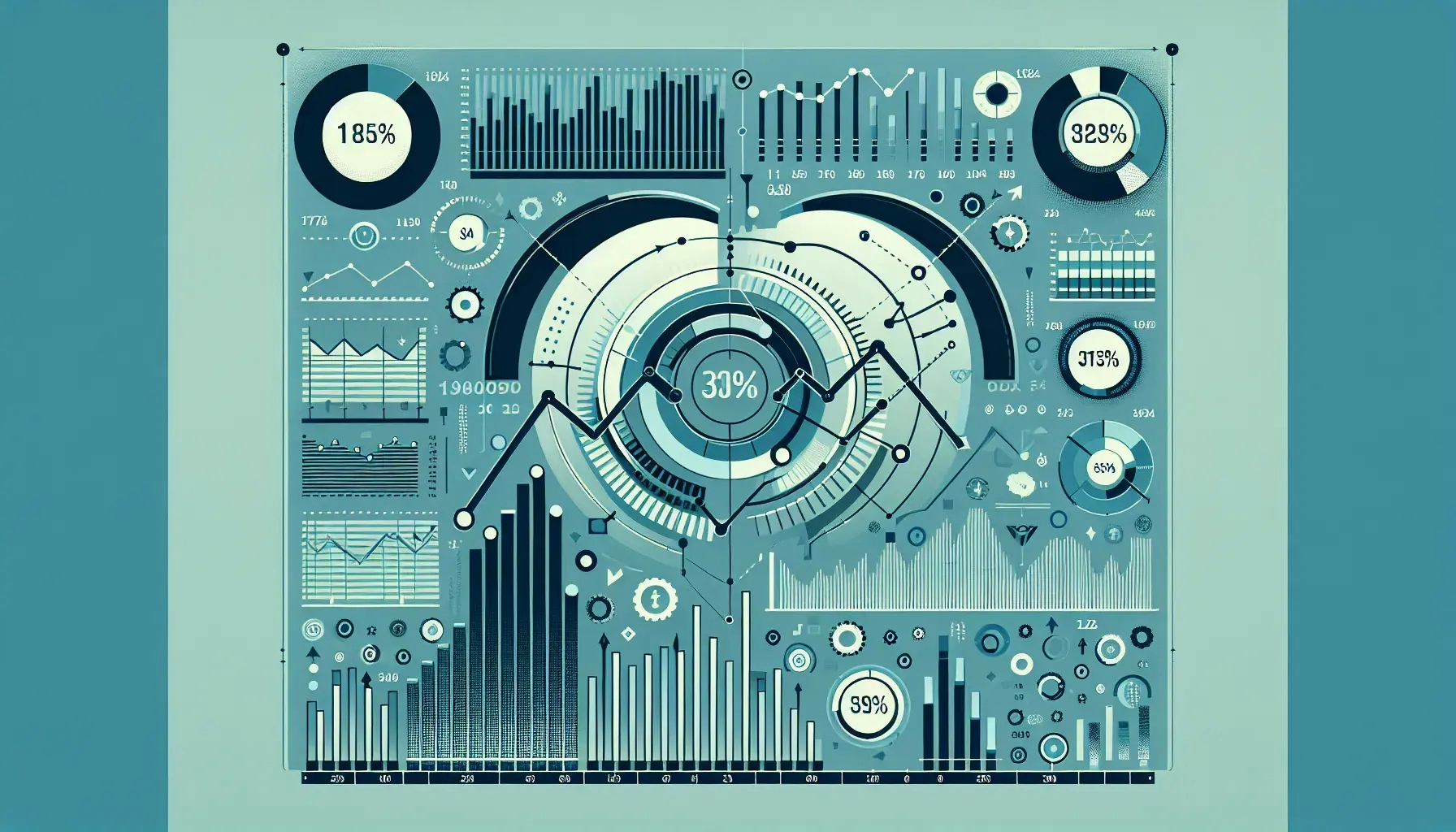Welcome to an insightful journey through the annals of financial history. We will delve into the intriguing world of interest rates, their historical trends, and the far-reaching implications these trends have had on the global economy. This exploration will not only enhance your understanding of the financial world but also equip you with the knowledge to navigate the ever-changing economic landscape.
The Genesis of Interest Rates
Interest rates have played a pivotal role in shaping economies since the dawn of civilization. The concept of charging interest on loans dates back to ancient Mesopotamia, where lenders would provide farmers and traders with seeds or animals, expecting more in return.
The evolution of interest rates has been anything but linear. In the Middle Ages, the Church considered charging interest a sin, labeling it as usury. However, the Renaissance period saw a shift in attitudes, with the rise of banking families like the Medicis, who made fortunes from lending money and charging interest.
The 17th century marked a significant turning point, with the establishment of the first central bank, the Riksbank in Sweden. Central banks began to influence interest rates to control inflation and stabilize the economy. This period also witnessed the advent of paper money, which further complicated the dynamics of interest rates.
The 20th Century: A Roller Coaster of Rates
The 20th century was a roller coaster ride for interest rates, marked by dramatic highs and lows. The Great Depression of the 1930s saw interest rates plummet as central banks tried to stimulate economic activity. However, this period of low interest rates led to an era of cheap credit, contributing to the stock market crash of 1929.
The post-World War II period was characterized by a steady rise in interest rates. The 1970s saw a dramatic spike, with rates reaching unprecedented levels due to rampant inflation. Central banks responded by hiking interest rates, leading to what is known as the 'Volcker Shock' in the United States.
The late 20th century saw a gradual decline in interest rates, a trend that has continued into the 21st century. The advent of globalization and technological advancements have played a significant role in this downward trend.
The Impact of Interest Rates on the Economy
Interest rates have far-reaching implications on the economy. They influence investment decisions, consumer spending, and inflation rates. High interest rates can deter investment and spending, slowing economic growth. Conversely, low interest rates can stimulate economic activity by making borrowing cheaper.
Interest rates also have a profound impact on the housing market. High interest rates make mortgages more expensive, potentially leading to a slowdown in the housing market. On the other hand, low interest rates can fuel a housing boom, as was the case in the early 2000s.
The relationship between interest rates and inflation is a delicate balancing act. Central banks often raise interest rates to curb inflation, but this can slow economic growth. Conversely, lowering interest rates can stimulate growth but may lead to higher inflation.
Interest Rates and the Financial Markets
Interest rates are a crucial factor in the financial markets. They influence the price of bonds, with higher interest rates leading to lower bond prices and vice versa. This inverse relationship is due to the fixed interest payments that bonds provide, which become less attractive as interest rates rise.
Interest rates also impact the stock market. Higher interest rates can reduce the attractiveness of stocks, as they increase the cost of borrowing and potentially slow economic growth. Conversely, lower interest rates can boost the stock market by making borrowing cheaper and stimulating economic activity.
Currency markets are also influenced by interest rates. Higher interest rates can attract foreign investors, leading to an appreciation of the currency. Conversely, lower interest rates can lead to a depreciation of the currency as investors seek higher returns elsewhere.
The Future of Interest Rates
Predicting the future of interest rates is a complex task, fraught with uncertainty. However, several factors will likely influence the direction of interest rates in the coming years.
The ongoing impact of the COVID-19 pandemic is a significant factor. Central banks around the world have slashed interest rates to record lows in an attempt to stimulate economic recovery. The duration of these low interest rates will depend on the speed and strength of the global economic recovery.
Technological advancements and digital currencies could also influence future interest rates. The rise of cryptocurrencies and the potential introduction of central bank digital currencies could disrupt traditional banking systems and interest rate structures.
Navigating the World of Interest Rates
Understanding the historical trends of interest rates and their implications is crucial for anyone involved in the financial world. Whether you're an investor, a business owner, or a consumer, interest rates can have a significant impact on your financial decisions.
Staying informed about current economic conditions and central bank policies can help you anticipate changes in interest rates. Additionally, understanding the relationship between interest rates and various economic factors can help you make informed decisions.
Remember, while interest rates are an important factor, they are just one piece of the larger economic puzzle. A holistic understanding of the economy is crucial for navigating the complex world of finance.
Wrapping Up: The Journey Through Interest Rates
We've embarked on a fascinating journey through the historical trends of interest rates and their implications. From the ancient civilizations to the digital age, interest rates have played a crucial role in shaping economies. Understanding these trends and their implications can equip us to navigate the ever-changing economic landscape. As we look to the future, it's clear that interest rates will continue to play a pivotal role in our global economy.

